Pizza Dough Recipe
This pizza dough recipe is as good as any upscale restaurant pizza. Once you learn how easy it is to make restaurant-style pizza at home, you’ll never order take-out again!
Homemade pizza is an easy dinner that you can make any night of the week.
No matter what your favorite pizza toppings are, you’re going to love this pizza crust. This pizza dough is easy and has fantastic flavor and fantastic chew.
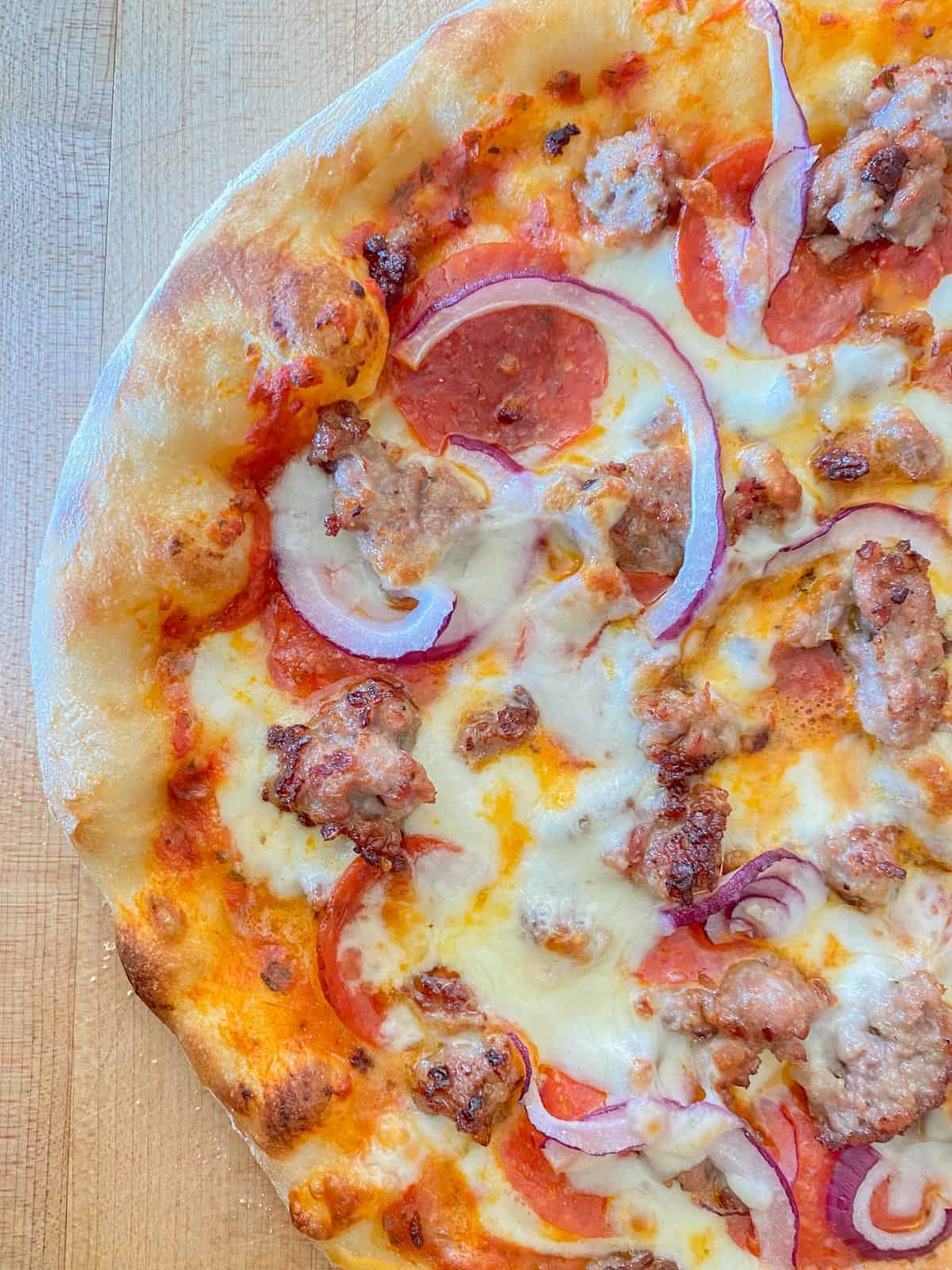
This recipe is a result of trying out many different pizza dough recipes over the years. With much experimentation, I’ve finally developed what I think is the best pizza dough.
This recipe makes four 12 to 14″ pizzas.
The dough freezes well so. If you’re not planning to use it all at once, you can freeze it and have homemade pizza any time.
Let’s get started on this homemade pizza crust. Shall we?
What Goes Into Pizza Dough
Pizza dough is made with simple ingredients that you probably have in the pantry right now. The secret to making the best pizza dough is in the small details—how you combine these ingredients and how your proof the dough.
I highly recommend using a probe thermometer (affiliate link) to determine the temperature of the dough. Temperature does make a difference when baking bread and pizza crust.
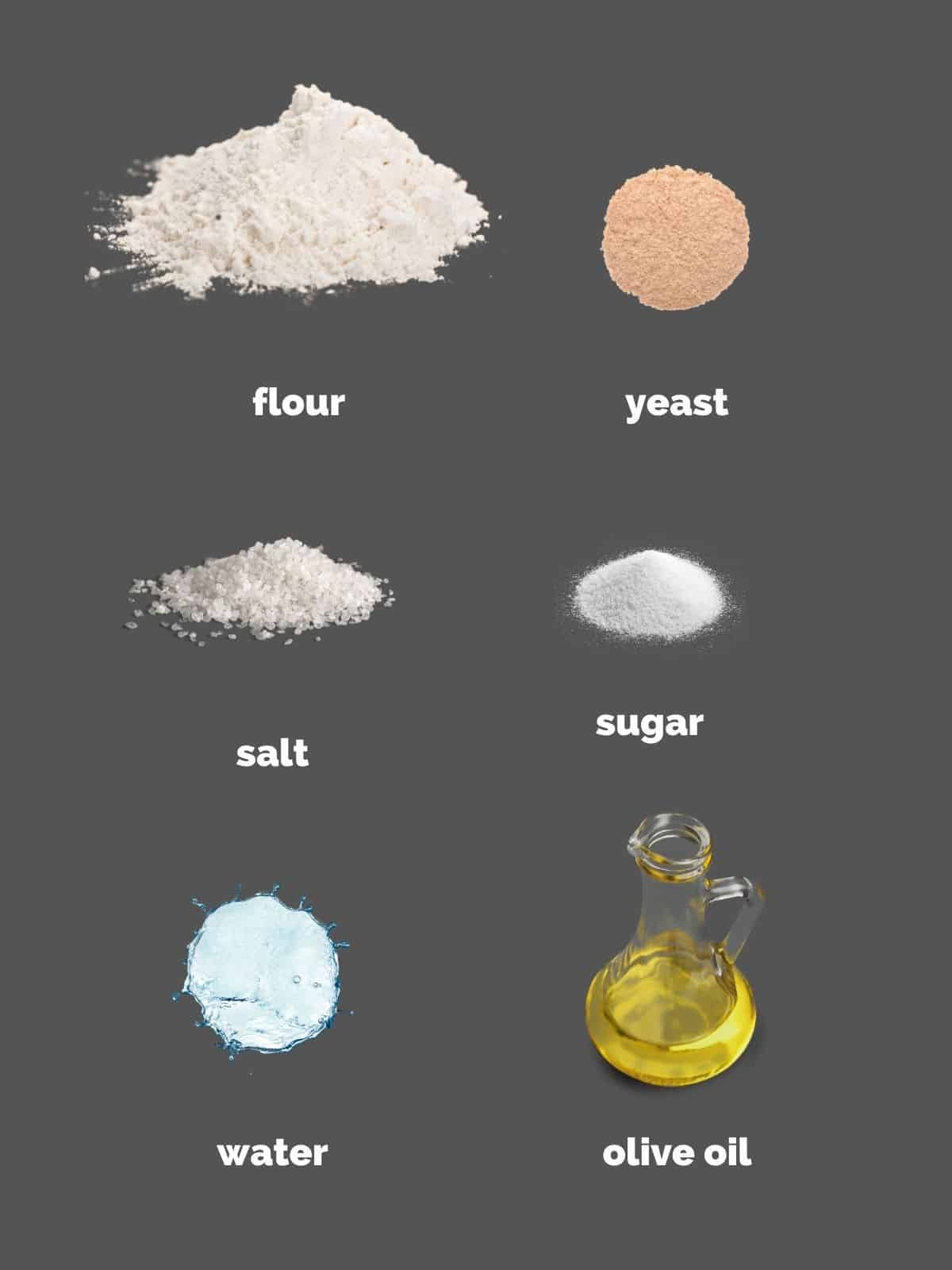
- Flour determines the texture of your crust. The protein percentage and the type of wheat will determine the pizza dough’s crust’s outer thickness and its elasticity or amount of chew.
- Yeast creates airiness in the dough and also produces flavor during the fermentation (rising) process.
- Sugar fuels the fermentation process by feeding the active yeast and also helps with browning.
- Salt is a flavor enhancer and is an essential element in the flavor profile of pizza dough. Without it, the dough tastes bland. Steer clear of iodized table salt and use sea salt or Kosher salt when baking.
- Water is the element of hydration in making dough. Higher hydration doughs will be lighter because they allow more oversized air pockets during fermentation. If the dough is too wet, the proteins will be too weak to hold up the air pockets and fall flat.
- Olive oil tenderizes the inside of the crust, making it less tough, and also adds to the crispiness of the outer crust during the baking process.
Best Flour For Pizza Dough
When making bread of any kind, you can use a combination of flours or pick a single variety. Flours lend different characteristics to bread and dough depending on their protein concentration and wheat variety.
There is no correct answer. Your preference about what makes the perfect pizza dough is entirely up to you.
Bread flour and Tipo 00 flour are the two most used in making pizza dough. Tipo 00 is used in Italy and if I had to guess, in New York-style pizza.
- Bread Flour (affiliate link) is high in protein (14 to 15%). The high gluten content in bread flour produces pizza dough with a thicker, chewier outer crust with substantial air pockets.
- All-Purpose Flour (affiliate link) is lower in protein (10 to 13%) and will give you a thinner and crispy crust. Overall, this is a softer pizza crust with less chew.
- Tipo 00 flour (affiliate link) is made from very finely ground durum wheat instead of red wheat used in most American flours. Its protein content is on par with American all-purpose flour (11 to 12%). Tipo 00 has gluten that is strong but less elastic than bread flour. This flour usually produces dough that is light, tender, and chewy. This is my favorite flour to use for making pizza.
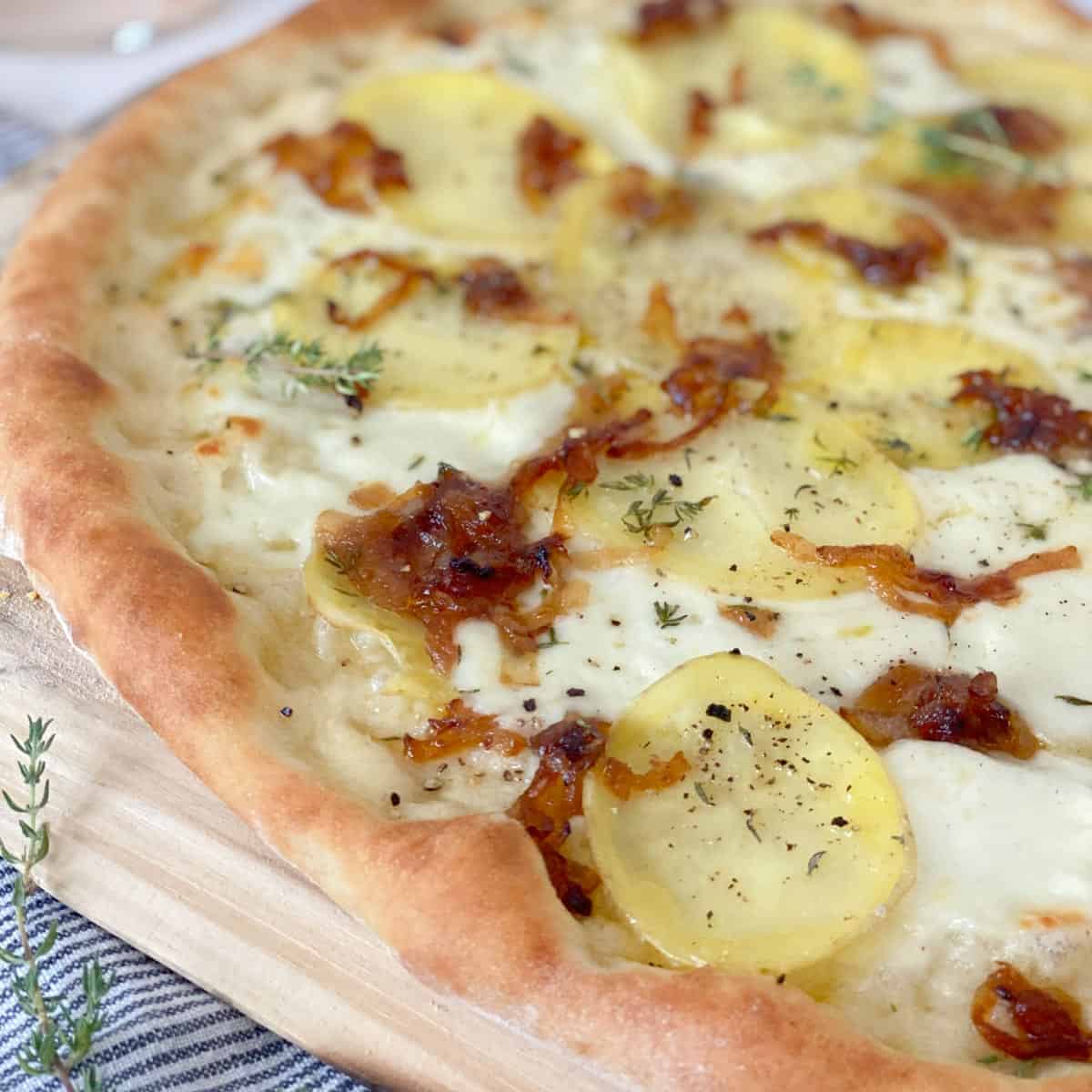
Water
Warm water (110 to 115℉) helps the yeast activate. If the water is too cold, it may shock the yeast, and you won’t get a good proof. If the water is too hot, it will kill the yeast and cause the same problem.
Yeast
Use active dry yeast (affiliate link) and make sure it’s not expired. Yeast is the leavening agent and acts along with the sugar to rise the pizza crust.
During the fermentation process (while the dough is rising), tiny air bubbles form, and organic acids create flavor and air pockets.
Sugar
Sugar feeds the yeast during the proofing and fermentation stage.
In this recipe, we cold-proof the dough, which means let it sit in the fridge for up to 3 days. This step develops the flavor in the dough. Don’t let the dough proof for more than 72 hours, or it may have a sour taste.
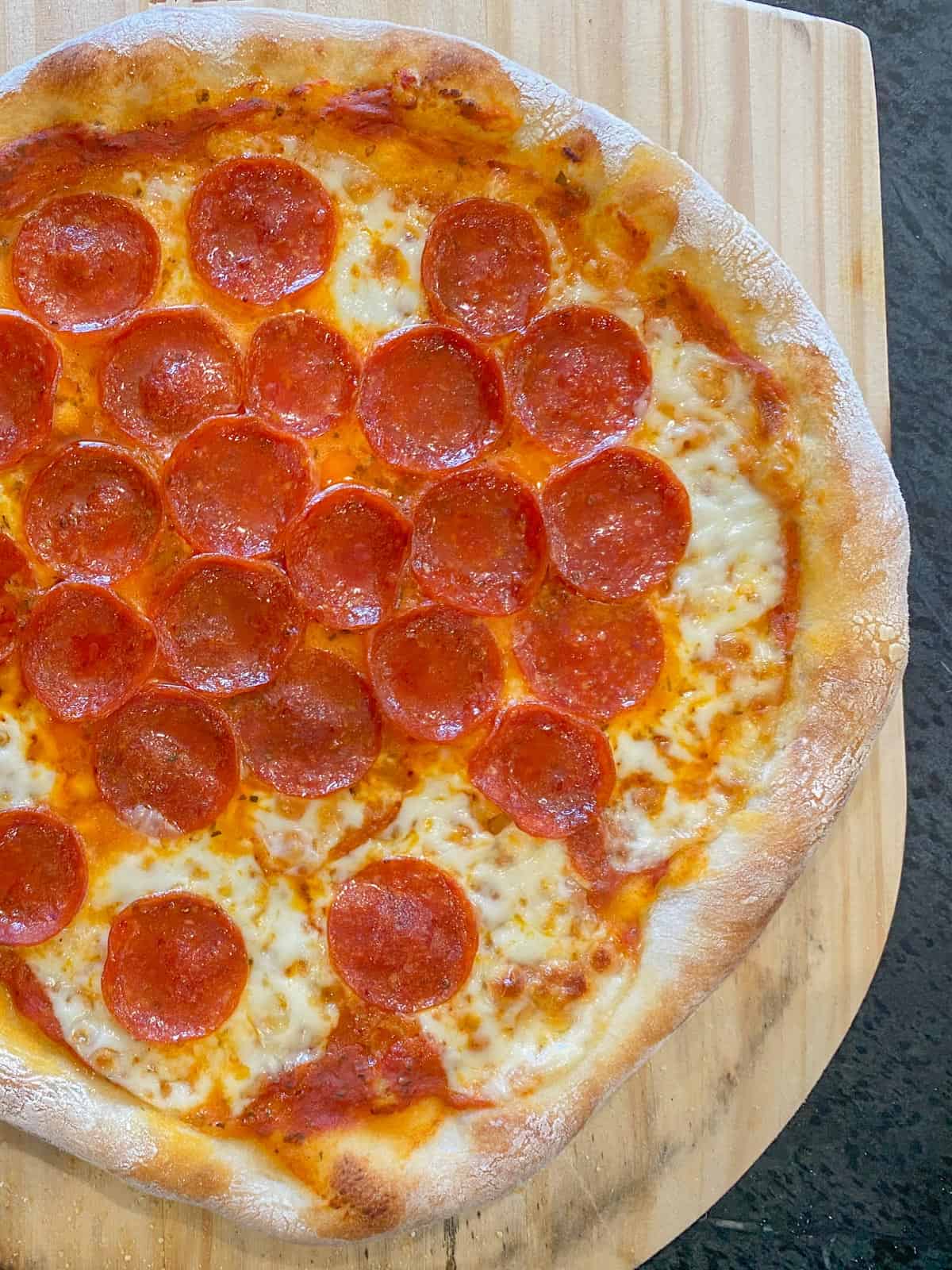
Salt
Salt acts as a flavor enhancer. Don’t skimp on the salt and never use iodized salt. Opt for Sea Salt or Kosher salt.
Olive oil
Olive oil contributes to the flavor and tenderness of the pizza dough.

How to Make Pizza Dough
- Add all the ingredients, except the oil, to your stand mixer fitted with a dough hook.
- Knead the dough until it comes together in a nice smooth ball.
- Add the oil and knead it for another 5 to 6 minutes.
- Cut the dough into four equally sized pieces (11.5 ounces each).
- Place each dough ball into a separate, lightly oiled, air-tight container (affiliate link) or zip-top bag and store in the fridge for up to 72 hours.
- Remove the dough 1 hour before cooking. Allow the dough temperature to get to about 70℉.
- Use your fingers to spread out the dough, being careful not to de-gas the edges. (see directions below)
Cold Fermentation
There are two ways to ferment pizza dough. The fast way that will allow you to make pizza the same day. Or the cold fermentation process, which gives you a more flavorful pizza crust but can take up to 3 days in the fridge.
Fermentation is the act of the yeast working to make time bubbles that you see in the dough. With time the fermentation produces nutty flavor components (think beer). A longer fermentation process allows the dough to build more flavor. But, you do need to be careful not to “over-proof” the dough.
🧬 Geek Wisdom: Proofing produces bubbles that expand the gluten proteins in the dough. These bubbles are what creates the airiness in bread and leavened dough. Over-proofing happens when the bubbles produced in the fermentation process get too large and over-stretch gluten proteins, making them weak. When this happens, you end up with a flat dough.
Quick Pizza Crust Recipe
If you want to make pizza the same day, you will need to let the dough rise on the counter for 1-2 hours before spreading it out.
Cold Fermenting Pizza Dough
Cold fermentation is the act of fermenting the pizza dough in the refrigerator. The colder temperature slows down the fermentation process and allows you to developed more flavor in the dough without the risk of over-proofing.
The dough should be removed from the fridge one hour before baking to warm up a bit before baking it. Ideally, the dough temperature should measure 70℉.
How to Spread Pizza Dough
It’s best to use your hands to spread pizza dough on a lightly floured surface. A rolling pin will press out all the air you worked so hard to get into the dough with that slow proof in the fridge.
The Right Pan
- Baking Sheet (affiliate link). You can either use a full sheet or half sheet sheets for Sicilian-style pizza which is rectangular and typically has thicker crust. This recipe will make two full sheet pizzas or four half sheet pizzas.
- Cast Iron Skillet (affiliate link). Skillet pizza is similar to Sicilian-style pizza in its crust thickness but will be round. I recommend a 15″ cast iron skillet for pizza.
- Pizza Stone (affiliate link). Neapolitan-style pizza is round pizza and has a thinner crust. It’s also typically baked on a pizza stone or in a pizza oven.
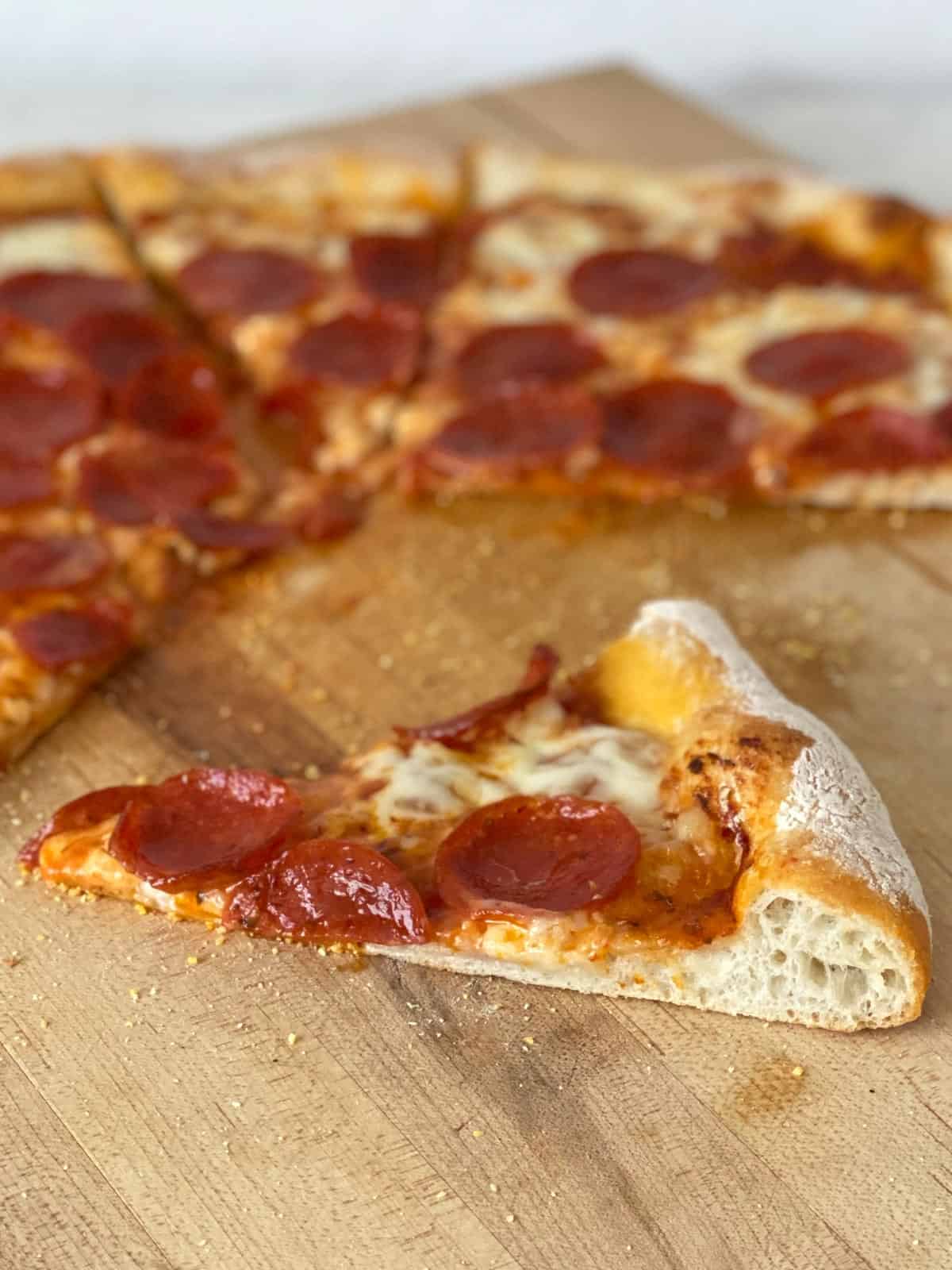
Pizza Toppings List
Check out the BEST homemade pizza sauce recipe.
- Pepperoni. Red sauce, pepperoni, and mozzarella.
- Supreme Pizza Toppings. Red sauce, sausage, pepperoni, ham, onions, olives, mushrooms, and mozzarella.
- Meat Lover’s Pizza Toppings. Red sauce, sausage, pepperoni, Canadian bacon, bacon, and mozzarella.
- Hawaiian Pizza Toppings. Red sauce, Canadian bacon, bacon, pineapple, jalapeños (optional), and mozzarella.
- Veggie Pizza Toppings. Red sauce, bell peppers, onions, mushrooms, olives, artichoke hearts.
- Margherita Pizza Topping. Red sauce, mozzarella, fresh basil.
- Prosciutto and Arugula Pizza Toppings. Red sauce, mozzarella. After baking, add prosciutto, arugula, and olive oil.
- Caramelized Onion and Potato. Olive oil or truffle oil on the crust. Thinly sliced parboiled Yukon gold potatoes, caramelized onions, and mozzarella.
- Quatro Formaggio (Four Cheese). Red sauce, gorgonzola, mozzarella, parmesan-reggiano, and pecorino. You can use any four kinds of cheeses and make it your own.
How To Cook Pizza
The beautiful thing about pizza is that you can cook it in so many different ways. I most often cook pizza on a pizza stone (affiliate link) in the oven or on the grill.
Any of the cooking methods below make fantastic pizza with this easy pizza dough.
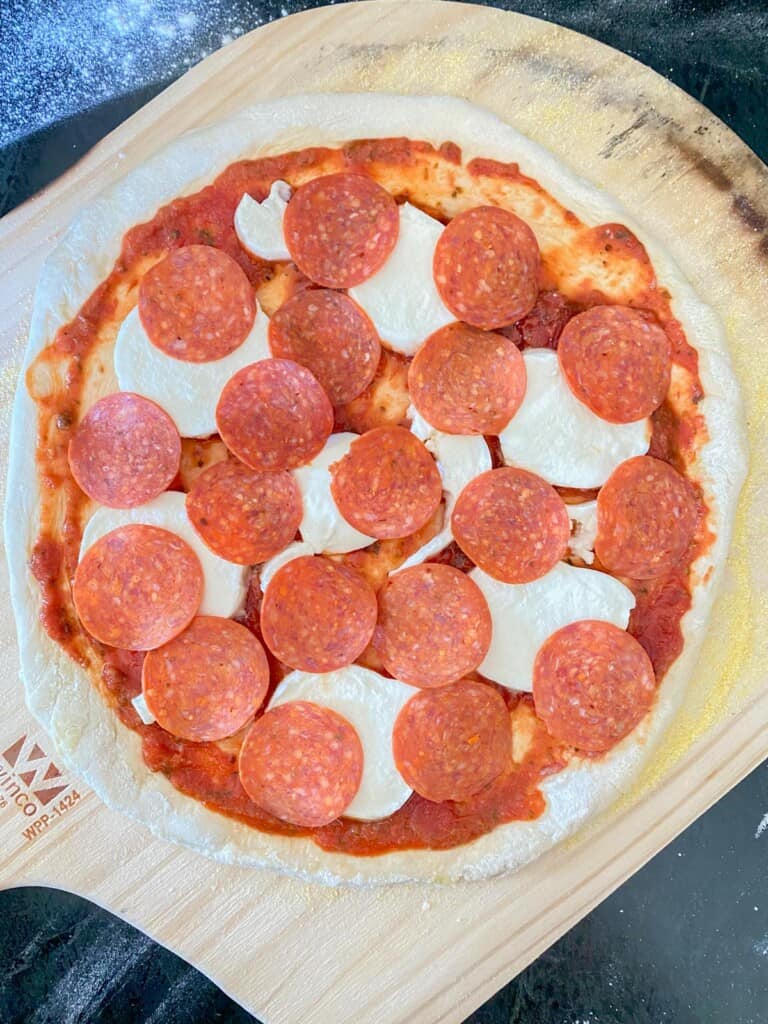
How to cook pizza in the oven
- Preheat the oven to 550℉. Most home ovens are capable of getting to 500℉ and some up to 550℉.
- Cook on the lowest rack.
Cooking Pizza on a Pizza Stone
For a Neopolitan-style thin-crust pizza dough, a pizza stone is used to get a thin, crisp crust.
Place the pizza stone (affiliate link) on the lowest rack in the oven. Heat the pizza stone for at least an hour before cooking your pizza.
Use a pizza peel (affiliate link) to transfer the pizza to the pizza stone — Bake for 4 to 10 minutes.
Geek Wisdom: Why use a pizza stone? When you transfer the pizza to an already hot stone, it accelerates the production of gases from the yeast and expands the air in the dough. This gives you a lighter and more airy crust.
Cooking a Sheet Pan Pizza
This homemade pizza dough will make 2 Sicilian-Style pizzas baked on half sheet pans (affiliate link) or one large pizza baked on a full-sized sheet pan (affiliate link).
The crust will be thicker and softer. You will also want to bake a sheet pan pizza at a lower temperature to ensure that the crust is cooked all the way through. 450℉ is usually about right
Bake for 20 to 25 minutes. If you’re not sure if the dough is done, you can test it with a probe thermometer. It should register 201℉ for perfectly cooked dough.
Cooking a Skillet Pizza
This recipe will make four pizzas that can be made in a 10 to 15 inch cast iron skillet (affiliate link).
If you’re using the smaller skillet, you will end up with a thicker pizza crust unless you adjust the amount of dough you are using.
Keep this in mind when baking your pizza, as it may take a few minutes longer to cook.
Adjust the temperature and cooking time for a thicker crust. I usually cook thicker crust pizza at 450℉ instead of 550℉. Baking time will be 20 to 25 minutes for a thicker crust.
How to Cook Pizza on the Grill
Grills get hot enough to cook pizza but sometimes aren’t as consistent with heating as an indoor oven so you’ll need to watch the pizza closely.
You’ll want the grill to be about 500 to 550℉.
It’s easy to control the heat on a gas grill. But, if you have experience cooking with charcoal and understand how to manage the heat of a charcoal grill then grilled pizza is easy.
Ways to Grill Pizza
- Using a pizza stone (affiliate link). Place the pizza stone on the grates of your grill. Heat the grill and slide the pizza onto the heated pizza stone. Close the lid and cook for 4 to 10 minutes.
- Cast Iron Skillet (affiliate link). Use a slightly cooler fire. (450 to 500℉). After the grill comes to temperature place the skillet directly on the grill, close the lid cook for 10 to 20 minutes.
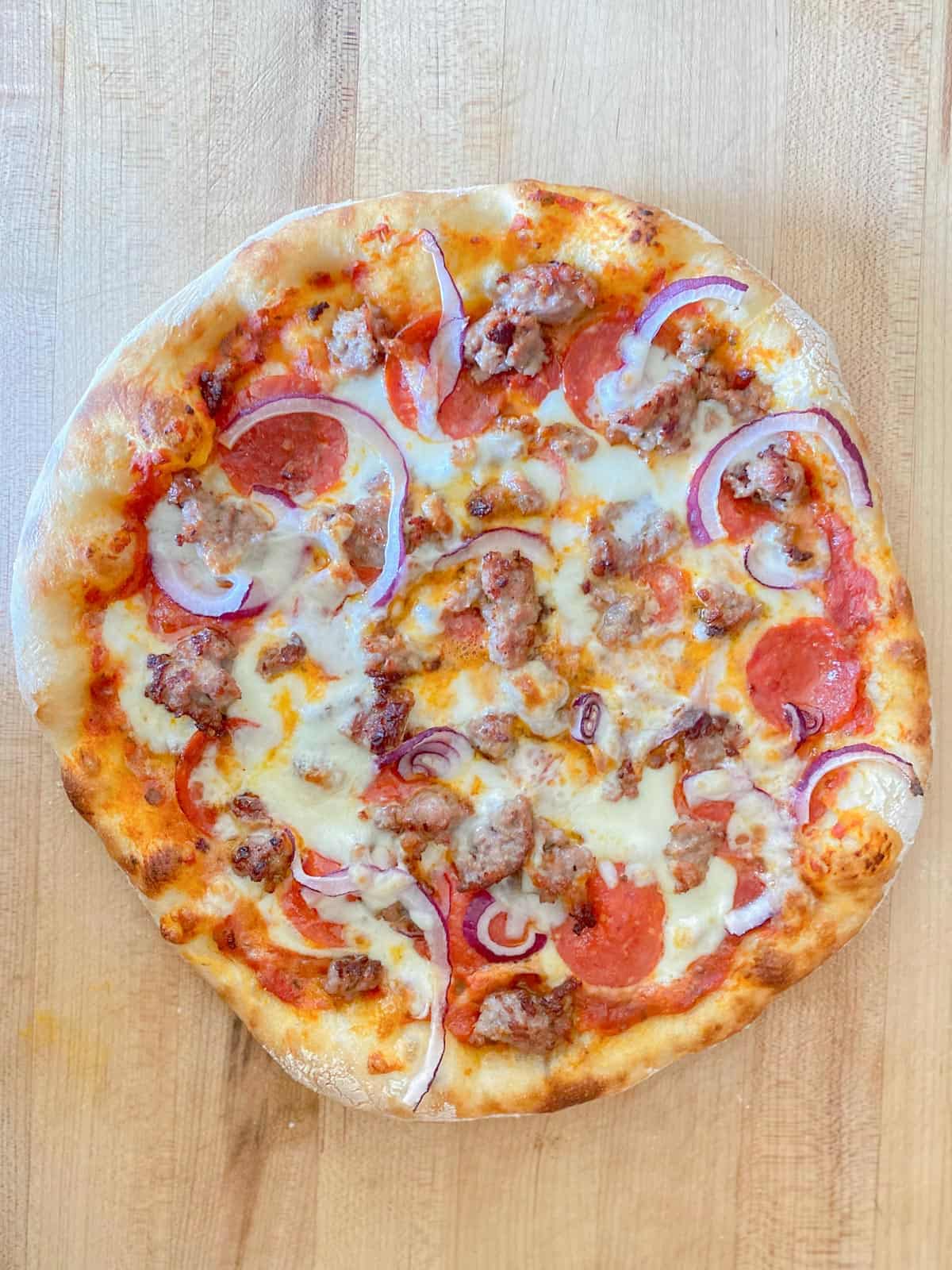
More Restaurant Favorites To make At Home
Make your favorite take-out food at home. Not only is it healthier, but you’ll also save a ton of cash.
If you’re craving Fried Rice, Mexican Food, or even a slurpy bowl of noodles, you can have all your take-out favorites at home.
Chinese Take Out Fried Rice
The BEST Bolognese Sauce Recipe
Carne Asada Tacos
Shredded Beef Tacos
Did you love this recipe?
Please leave a 5-star 🌟🌟🌟🌟🌟 rating and a comment below ⬇️
I love hearing from you in the comments; & your feedback helps other readers and helps me continue offering recipes at no cost. Drop a comment 👇
Pizza Dough Recipe
Equipment
- Stand Mixer (affiliate link)
- probe thermometer (affiliate link)
- pizza stone (affiliate link)
- pizza peel (affiliate link)
- baking sheets (affiliate link)
- cast iron skillet (affiliate link)
Ingredients
- 6 cups Bread flour (affiliate link), (796 grams)
- 2 ¼ cups water (110 to 115℉), (493 grams)(17.4 fl ounces)
- 1 teaspoon instant yeast (affiliate link), (3.5 grams)
- 2.5 teaspoons Kosher salt (affiliate link), (15.6 grams)
- 2 teaspoons Sugar or honey, (7.8 grams)
- 1 Tablespoon Olive oil (affiliate link), (11.8 grams)
Instructions
- Add all of the ingredients, except for the oil, to your stand mixer fitted with a dough hook.
- Begin mixing on low until the ingredients are completely incorporated.
- Turn up the mixer and beat until the pizza dough comes together in a smooth ball.
- Add the olive oil and continue to beat for an additional 5 minutes.
- Divide the dough into 4 equal pieces (each should weigh about 326 grams)
- Place the pizza dough balls into a greased container or a greased freezer bag and refrigerate, at least overnight. (up to 72 hours) This dough can also be frozen.
- The day you are ready to make pizza, remove the dough from the refrigerator 30 minutes to 1 hour before baking and allow it to come to room temperature. (For timing: It's better to have your dough on the cool side rather than on the warm side. The cooler your dough is the more it will bubble in the oven)
- Place a pizza stone in your oven on the lowest rack. Preheat the oven to 550℉. It is best to heat the pizza stone for at least an hour. (Ideally begin to preheat your pizza stone before you pull the pizza dough out of the oven)
- Spread each dough ball out to approximately 12 to 14 inches, depending on how thick you would like your pizza crust.
- Preparing the pizza dough for the oven Prefloured peel: Generously flour a pizza peel and spread the pizza dough out onto it. Coarse cornmeal: Generously sprinkle coarse cornmeal onto your pizza peel and spread the pizza dough onto it. Parchment paper: Cover your pizza peel with parchment paper and spread the pizza dough onto it.
- Top the pizza dough with your favorite sauce, cheese, and other toppings.
- Slide the pizza onto the pizza stone. If you're using the parchment paper slide the paper and the pizza onto the pizza stone.
- Bake for 4 to 8 minutes until the cheese is melted and lightly browned.
Video
Laura’s Tips + Notes
Other Pizza Recipes
Pizza Toppings List
- Pepperoni. Red sauce, pepperoni, and mozzarella.
- Supreme Pizza Toppings. Red sauce, sausage, pepperoni, ham, onions, olives, mushrooms, and mozzarella.
- Meat Lover’s Pizza Toppings. Red sauce, sausage, pepperoni, Canadian bacon, bacon, and mozzarella.
- Hawaiian Pizza Toppings. Red sauce, Canadian bacon, bacon, pineapple, jalapeños (optional), and mozzarella.
- Veggie Pizza Toppings. Red sauce, bell peppers, onions, mushrooms, olives, artichoke hearts.
- Margherita Pizza Topping. Red sauce, mozzarella, fresh basil.
- Prosciutto and Arugula Pizza Toppings. Red sauce, mozzarella. After baking add prosciutto, arugula, and olive oil.
- Caramelized Onion and Potato. Olive oil or truffle oil on the crust. Thinly sliced parboiled yukon gold potatoes, caramelized onions, and mozzarella.
- Quatro Formaggio (Four Cheese). Red sauce, gorgonzola, mozzarella, parmesan-reggiano, and pecorino. You can use any four kinds of cheeses and make it your own.
- Temperature: Bring up the heat! Pizza should be cooked in a hot oven 550℉ if possible. Preheat the oven for at least 1 hour before baking.
- Placement in the oven: Place the pizza stone on the bottom rack of the oven.
YOUR OWN NOTES
Sign In to add your own private notes


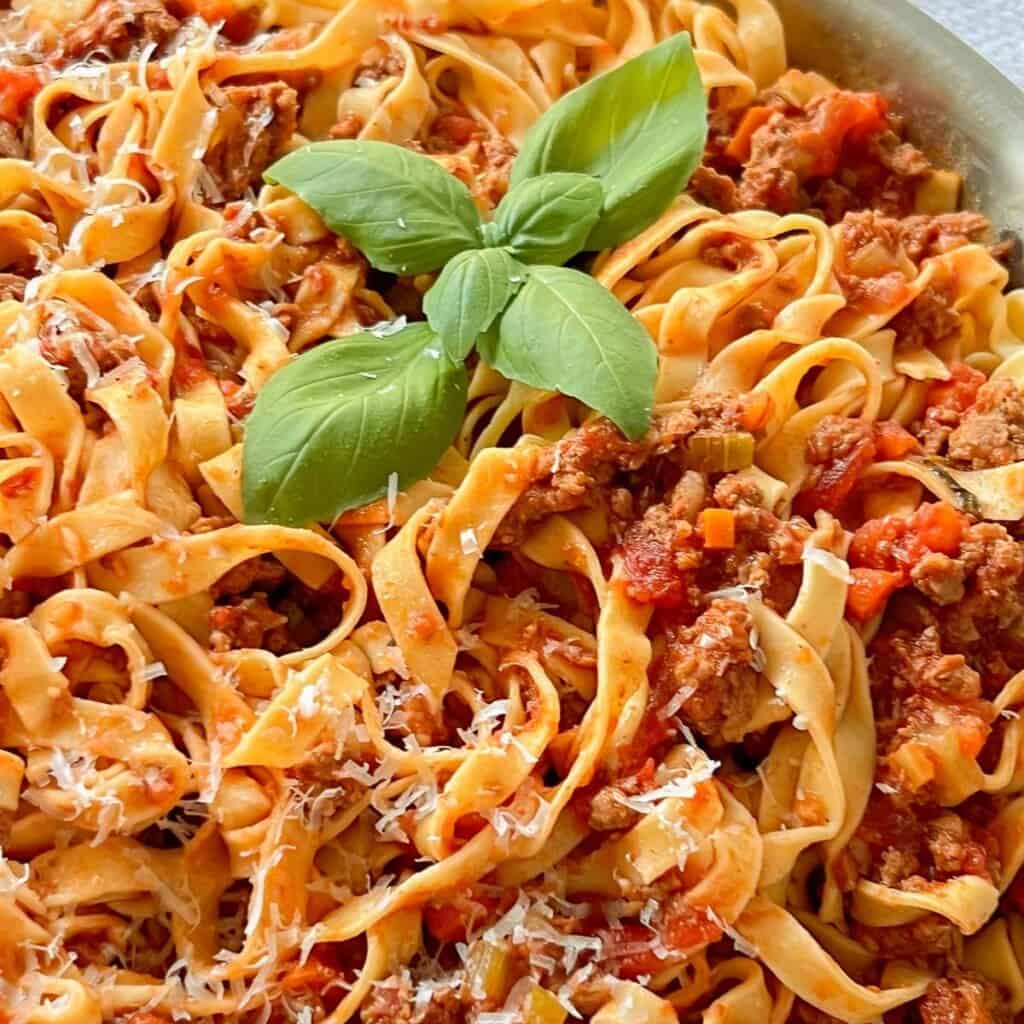
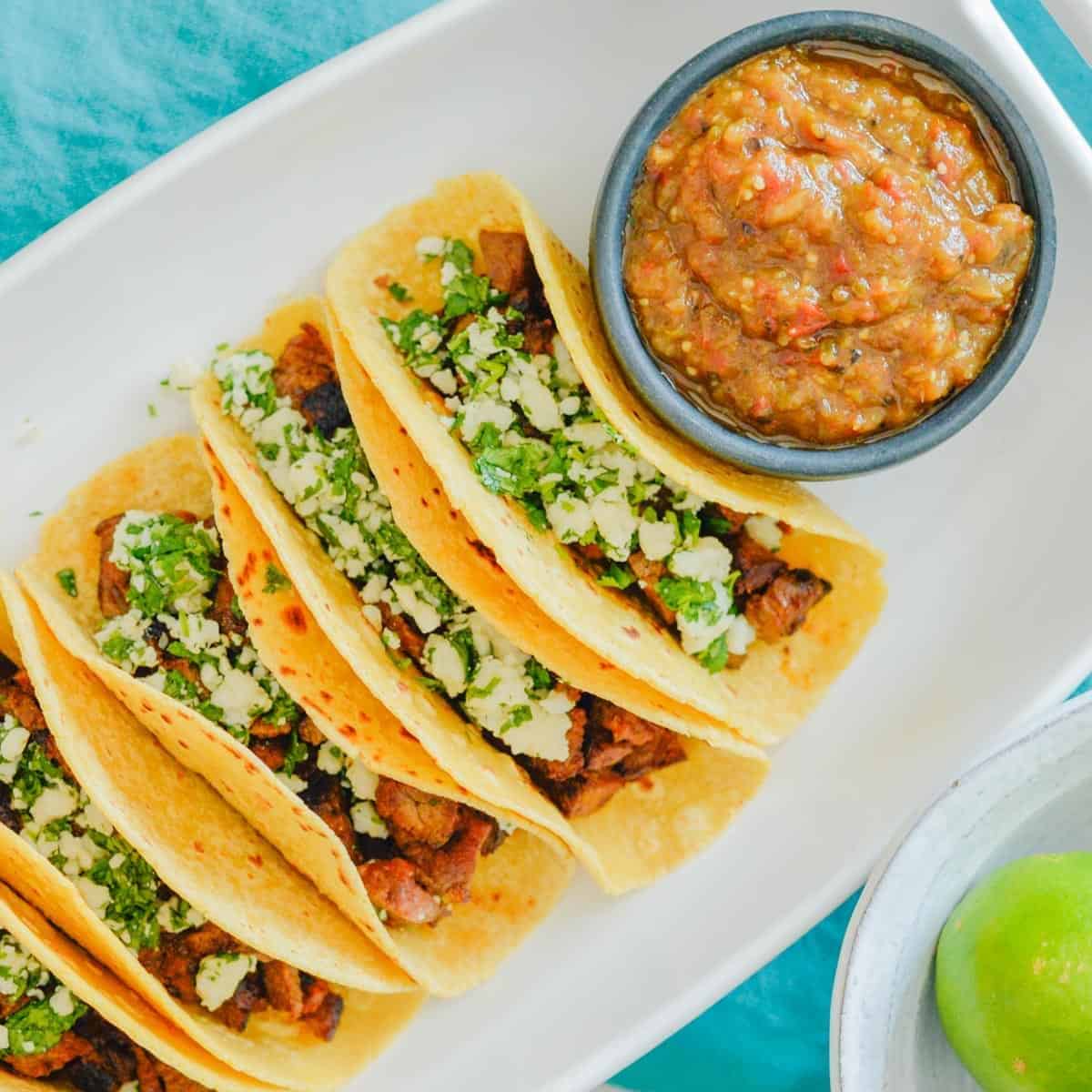
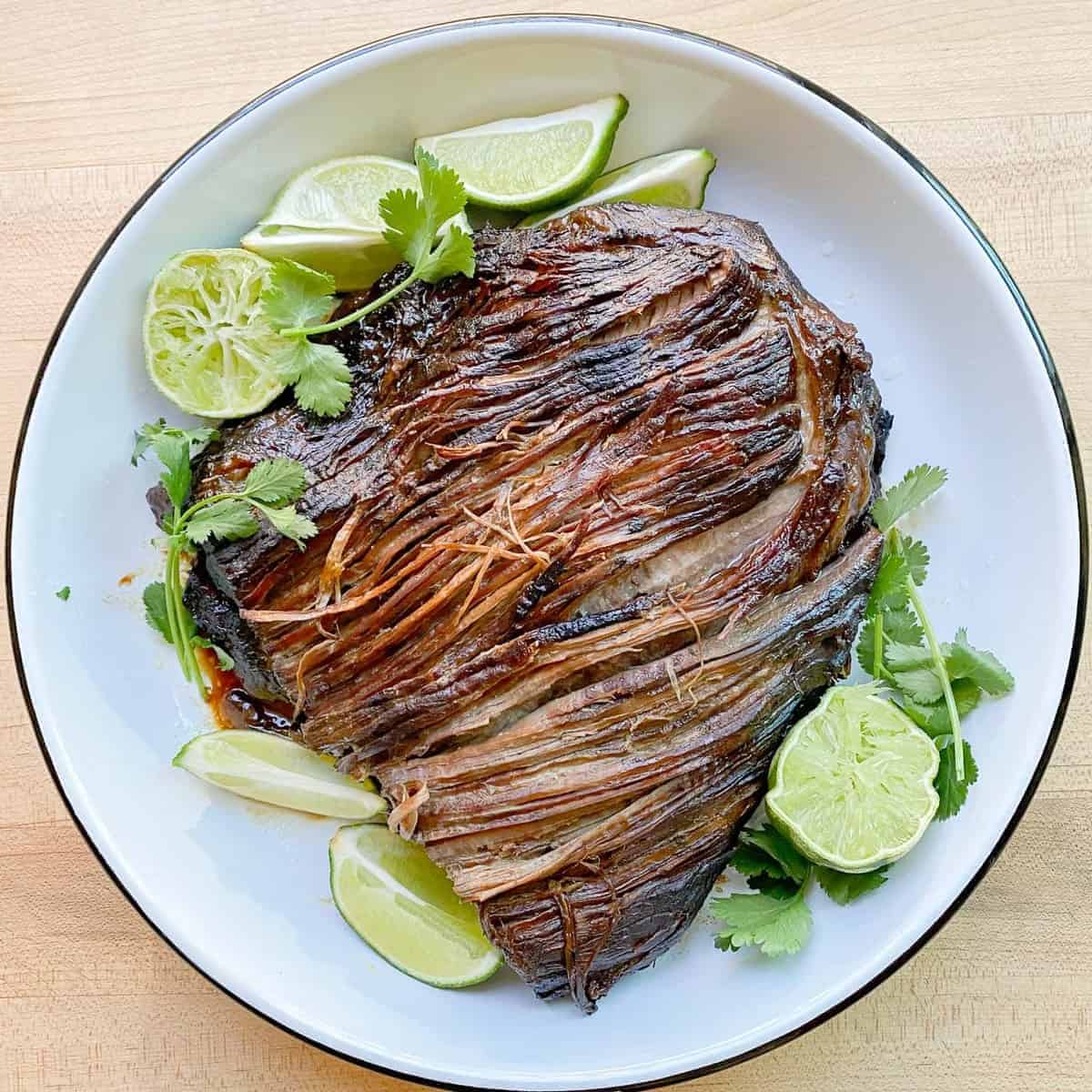
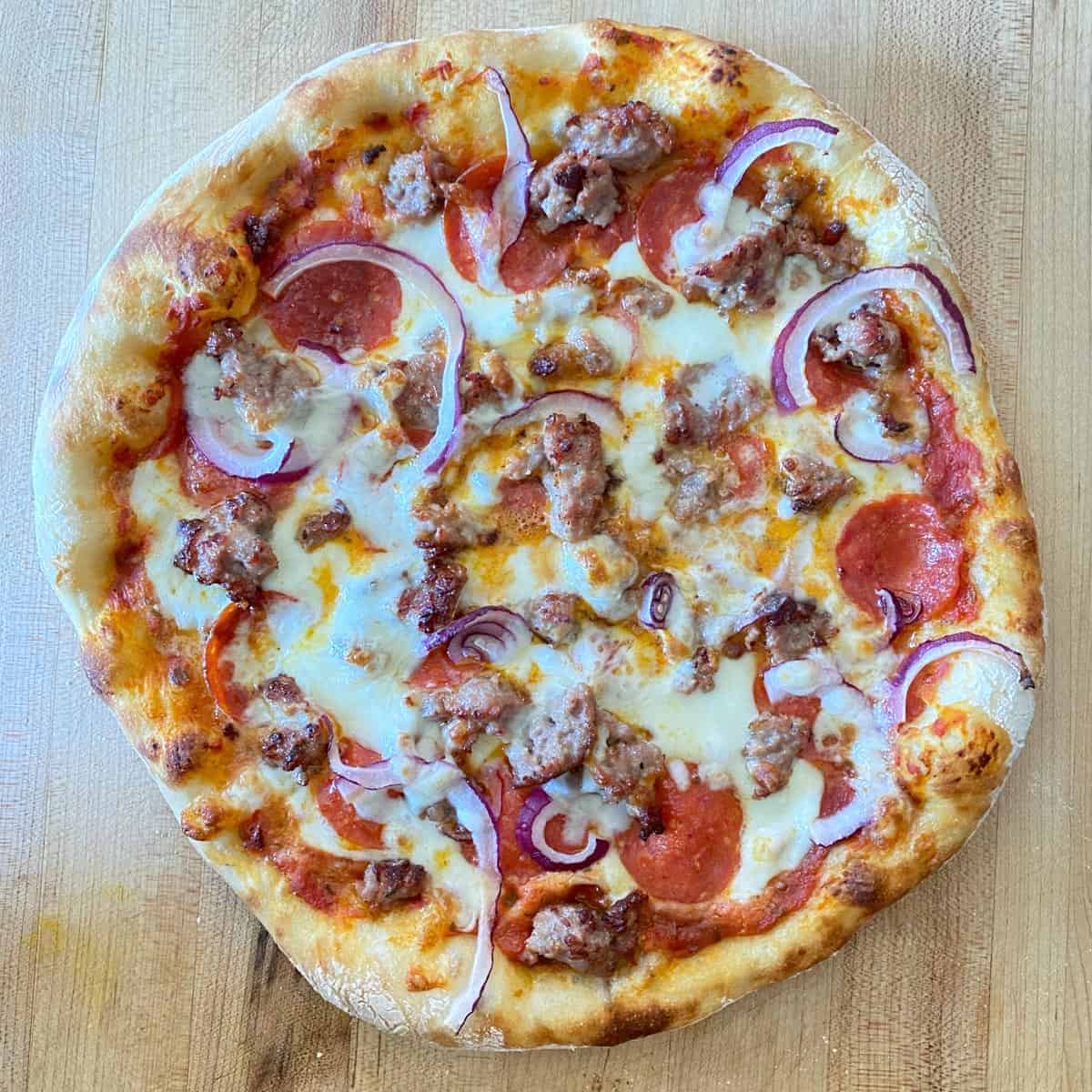
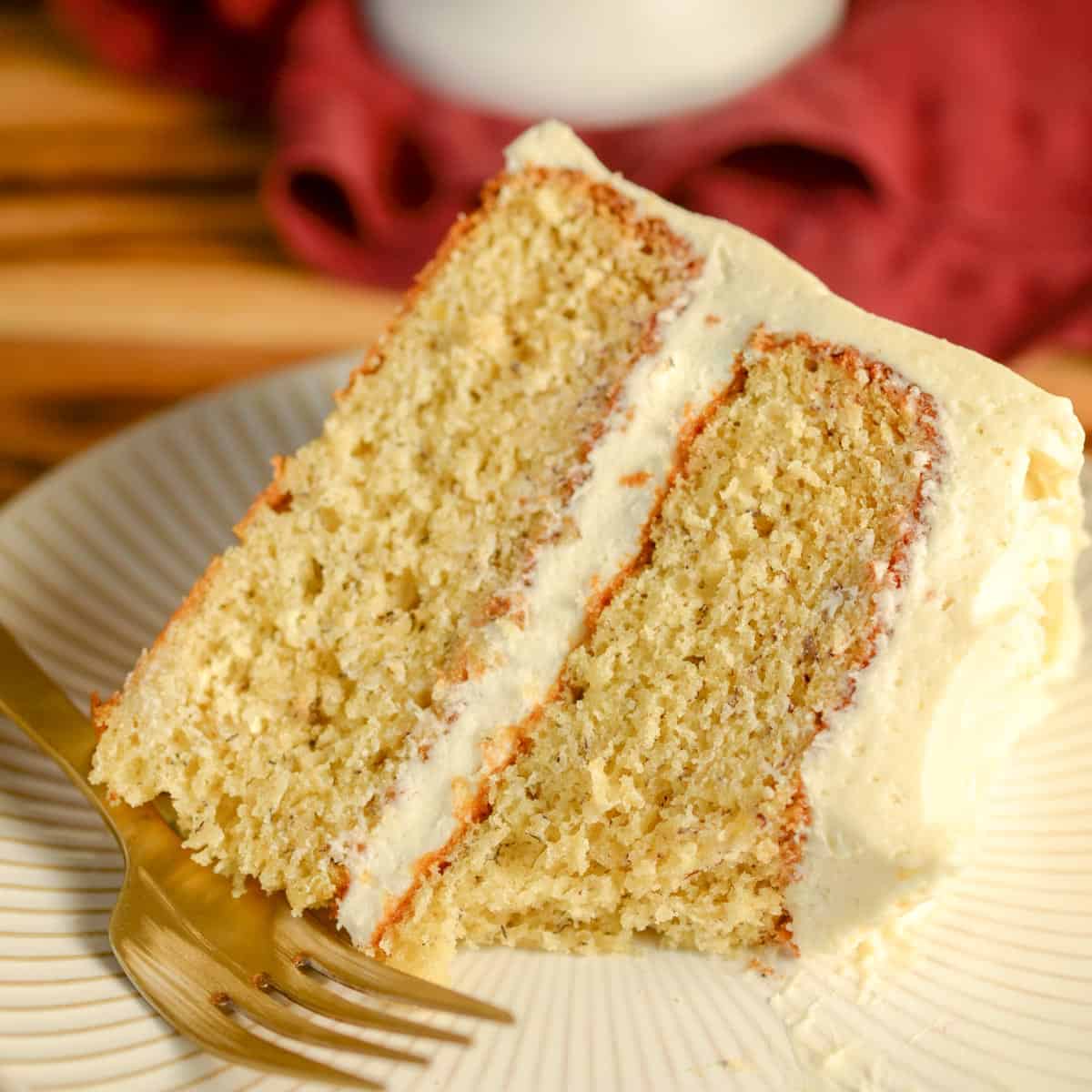
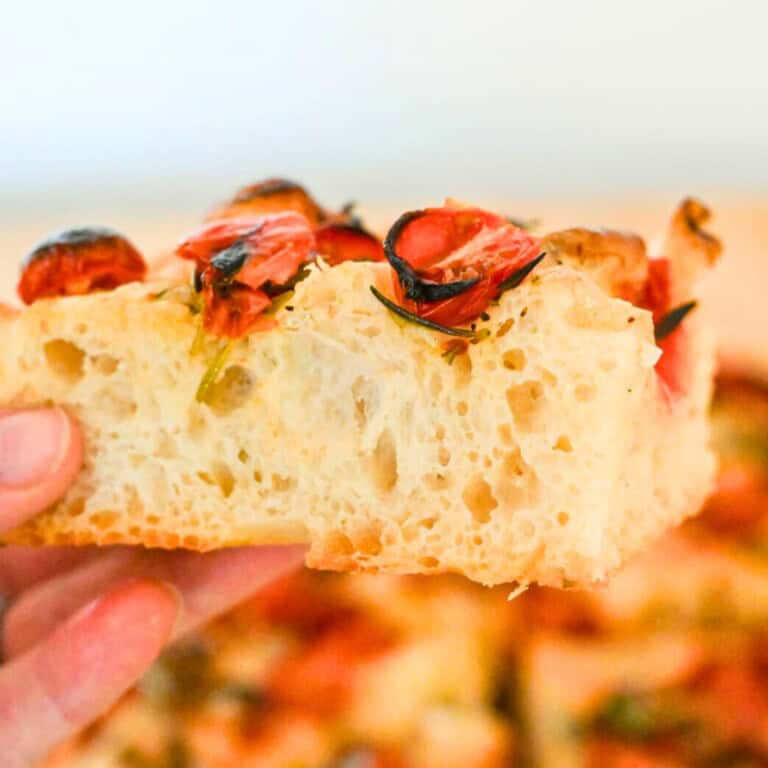
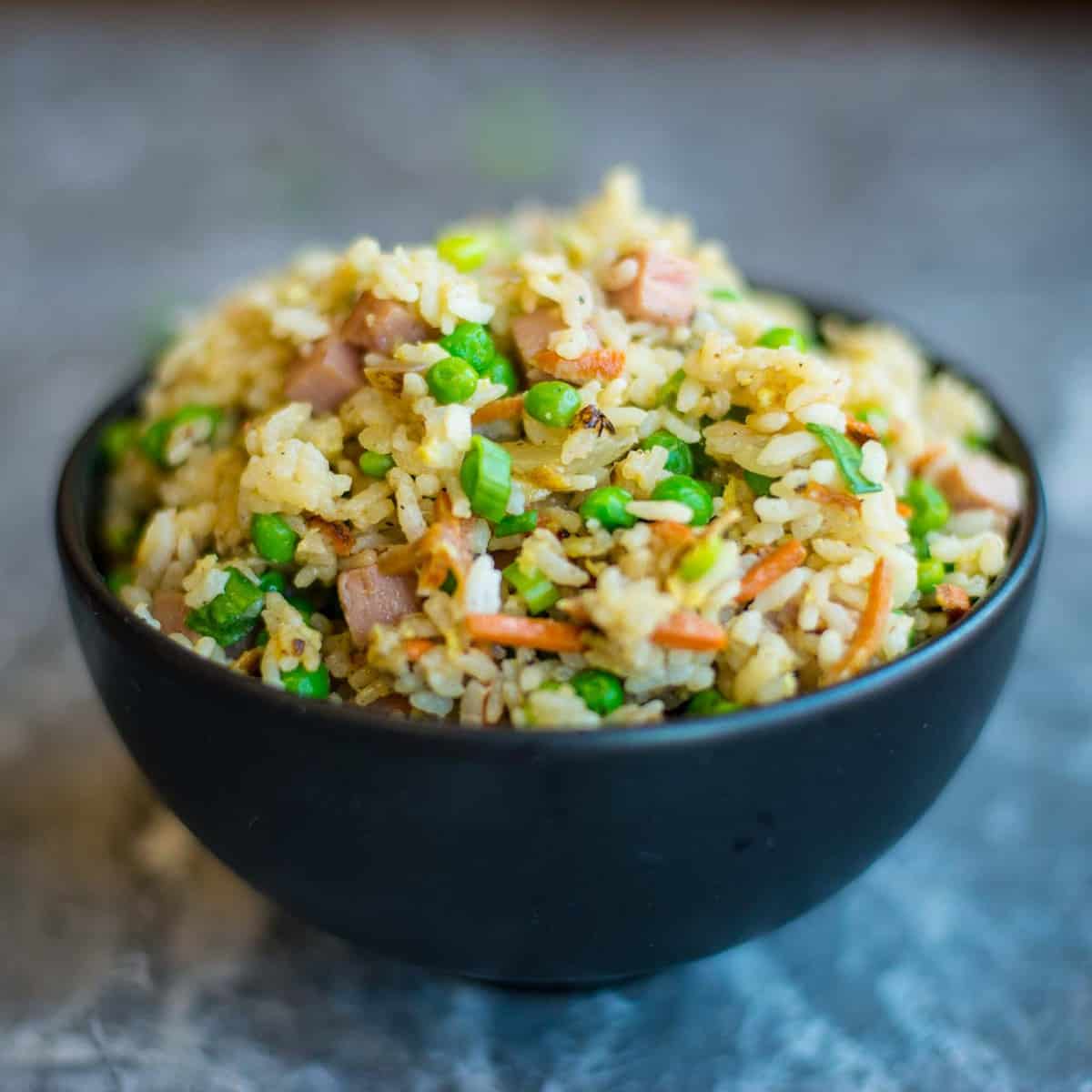

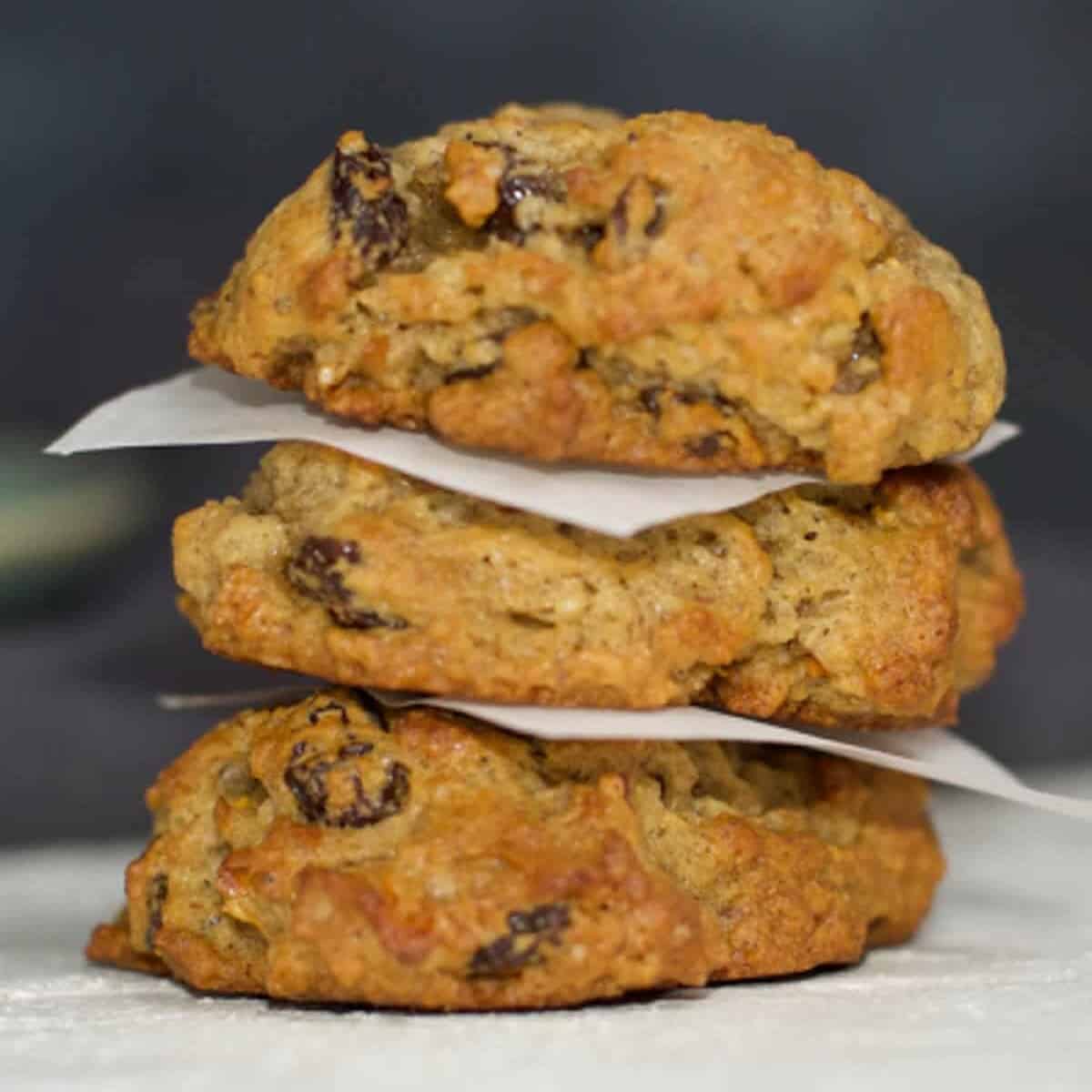


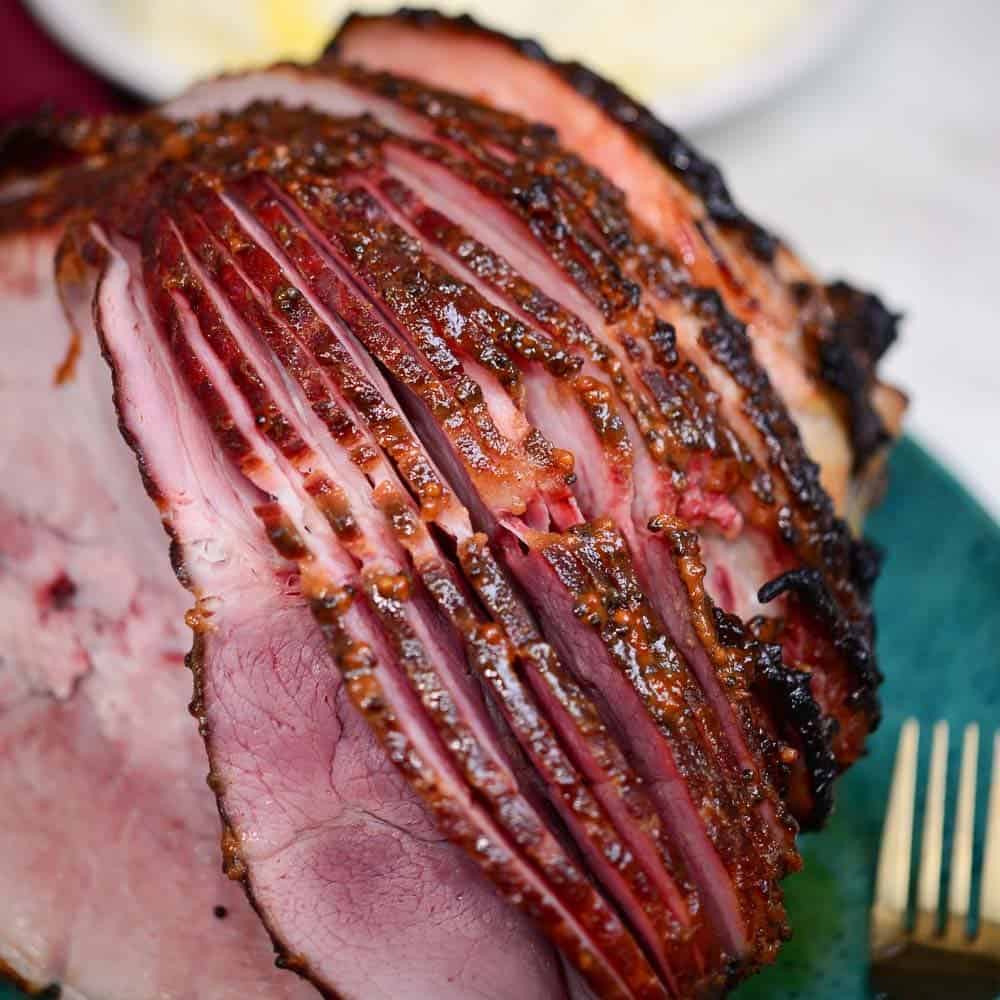

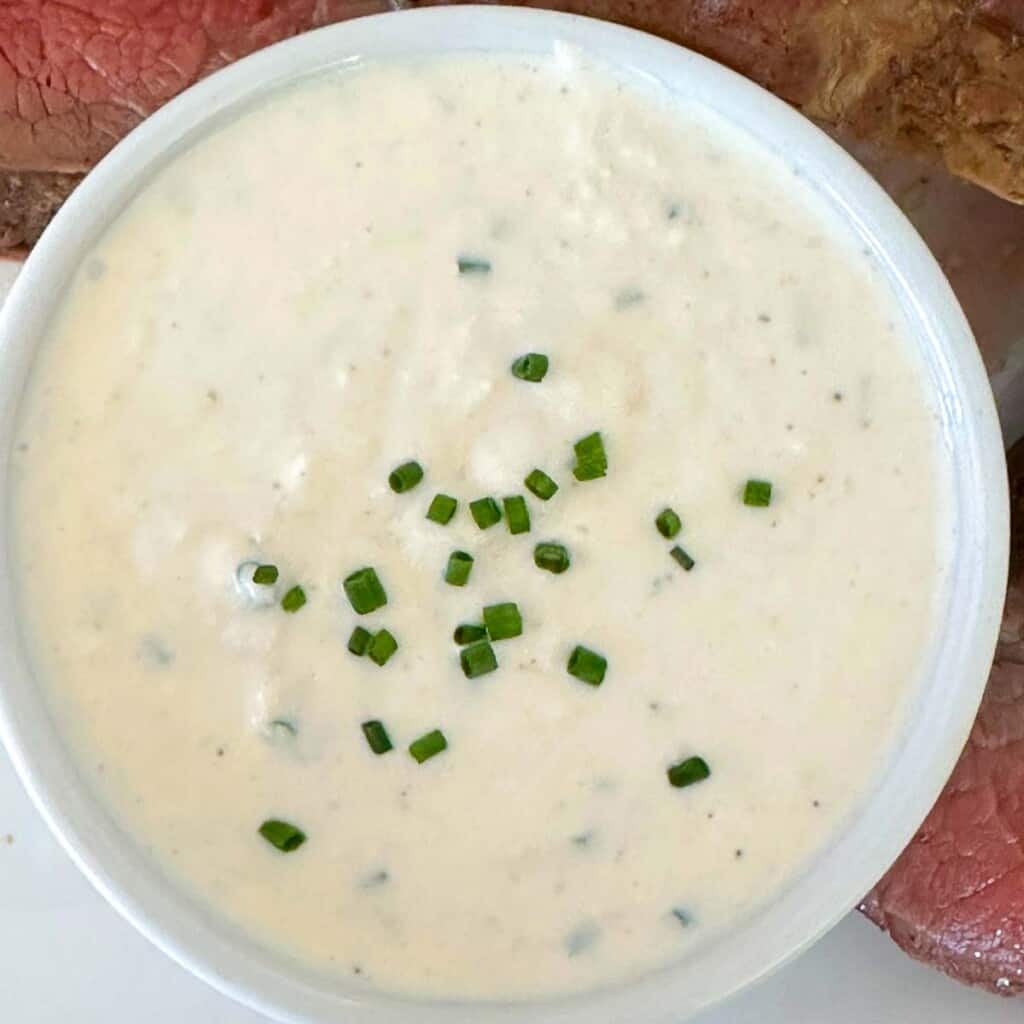
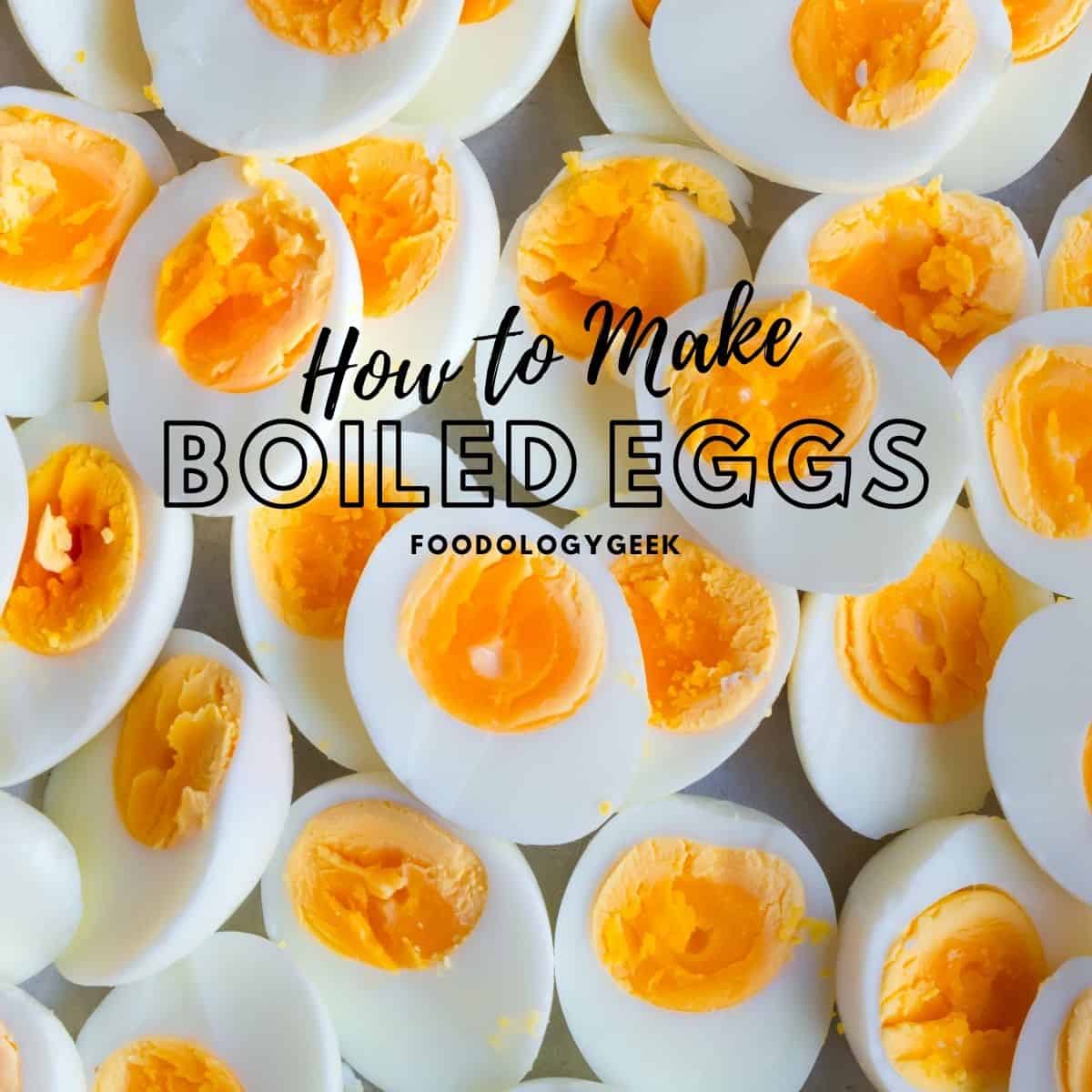
After spending $40.00 for 2 so-so medium pizzas, I’ve decided I certainly can make them cheaper and hopefully taste better! Your recipe looks delicious and seems doable for me but I do have a question. I prefer thin and crispy crusts and from your description, it seems to me that I need to use AP flour and not bread flour. Would all the other ingredients (water, yeast etc.) be used in the same quantities if I sub AP flour for the bread flour? Thank you.
Mary, Yes. I would try the AP flour for the crispest crust. Tipo 00 flour will also give you crispy edges, but there is a definite chew to the crust.
I love the way you have explained all the steps to make the pizza, the difference in the ingredients & how it will affect the crust!
I am so anxious to make this recipe!
After making some of your other recipes I am sure this one will be wonderful too.!
Thank you 🙂 Let me know how your pizzas come out and what toppings you decided to use. Pizza night is so much fun.
You make this look so easy!
Thanks, Barbara!
All I can say is 1) I am starving after reading this post and 2) I want to try ALLLLL those toppings on my pizzas this summer. Wow, what an amazing pizza recipe, everything I every wanted to know and more!